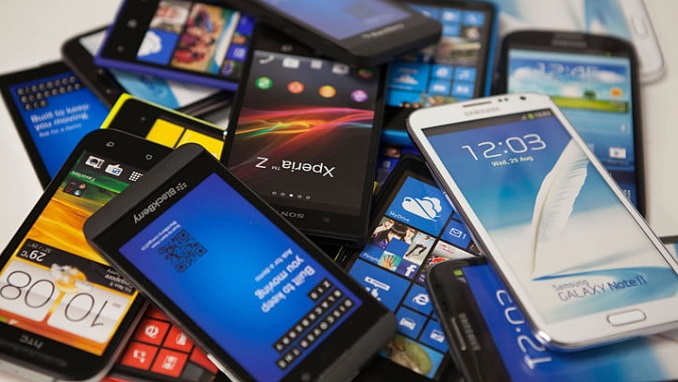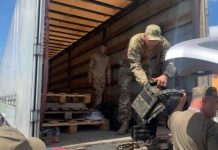Russians have started to sell older smartphones more often and became more interested in used and refurbished devices, as incomes are falling due to the virus lockdown imposed in the country, Kommersant writes.
Demand for such electronics has grown by 40% in recent weeks, according to a report by SmartPrice, a refurbished electronics store. This may lead to a situation where sellers and buyers of smartphones in the gray market will once again occupy a significant share of the segment, experts told Kommersant.
The founder of SmartPrice, Vladislav Ovchinnikov, noted that Moscow leads in terms of rising demand among other regions. According to him, the reasons for such a boom include expectations of a deficit due to limited supplies from China and surging prices due to the ruble’s depreciation, as well as the closure of a large number of retail outlets in recent days.
“We are only at the beginning of the crisis, and customers still have money,” Ovchinnikov told Kommersant. But if this self-isolation continues, demand will begin to decline due to reduced incomes, he added.
Also, the number of Russians wishing to urgently sell old smartphones or exchange them for new ones has increased, the founder of DamProdam (trades-in Apple and Samsung devices) Elena Bogatyreva said. According to her, in March, the number of such transactions increased by 250%.
“People began to change older models for new ones. They don’t want to take risks and then buy the same models for more, so they decided to do it now,” she told the newspaper.
At the moment, the secondary market in Russia is growing faster than the market for new smartphones. By the end of 2019, the volume of the secondary market had grown by about 8% and the number of devices to 7 million, and by 17% in monetary terms to 35 billion rubles ($474 million), as previously estimated by SmartPrice. At the same time, the market for new devices for the same period, according to an M.Video-Eldorado report, grew only by 1.5% in volume and by 7% in terms of money, to 30 million units and 495 billion rubles ($6.7 billion), respectively.












